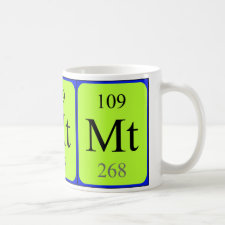
Authors: Rahman MRA, Muhamad II, Mohamad SNH, Pa'e N
Article Title: Characterization of Bacterial Cellulose-Chitosan Composite Membrane Grafted With Theophylline-Imprinted Copolymer.
Publication date: 2013
Journal: Applied Polymer Composites
Volume: 1
Issue: (3)
Page numbers: 167-186.
Alternative URL: http://www.academia.edu/5516410/Characterization_of_Bacterial_Cellulose-Chitosan_Composite_Membrane_Grafted_With_Theophylline-Imprinted_Copolymer
Abstract: Benzyl diethyldithiocarbamate is immobilized on a composite bacterial cellulose-chitosan membrane via a silane coupler. This treated membrane is grafted with theophylline-imprinted copolymer of methacrylic acid and ethylene glycol dimethacrylate by ultraviolet irradiation. The highest degree of grafting obtained is 0.3334% for r (weight ratio of monomers to bacterial cellulose-chitosan membrane) equal to 3.244 in mmol/ml. The synthesized membrane is prepared by using 0.5% chitosan solution containing 15.0% PEG and evaporating the solution for 2.5 hour after coating at room temperature. The relative flux of 3.69 L/m2.h at 12.5 bar is obtained. The average pore diameters are 135 Å in dry state and 404 Å in wet state. The chitosan and polyethylene glycol contents have a significant effect on membrane porosity and the flow rate of water through the membrane. The membrane tensile strength is larger than the plain bacterial cellulose support, in both wet and dry states.
Template and target information: theophylline
Author keywords: Bacterial-cellulose chitosan, membrane, theophylline, Molecularly imprinted polymers, grafting



Join the Society for Molecular Imprinting

New items RSS feed
Sign-up for e-mail updates:
Choose between receiving an occasional newsletter or more frequent e-mail alerts.
Click here to go to the sign-up page.
Is your name elemental or peptidic? Enter your name and find out by clicking either of the buttons below!
Other products you may like:
 MIPdatabase
MIPdatabase









